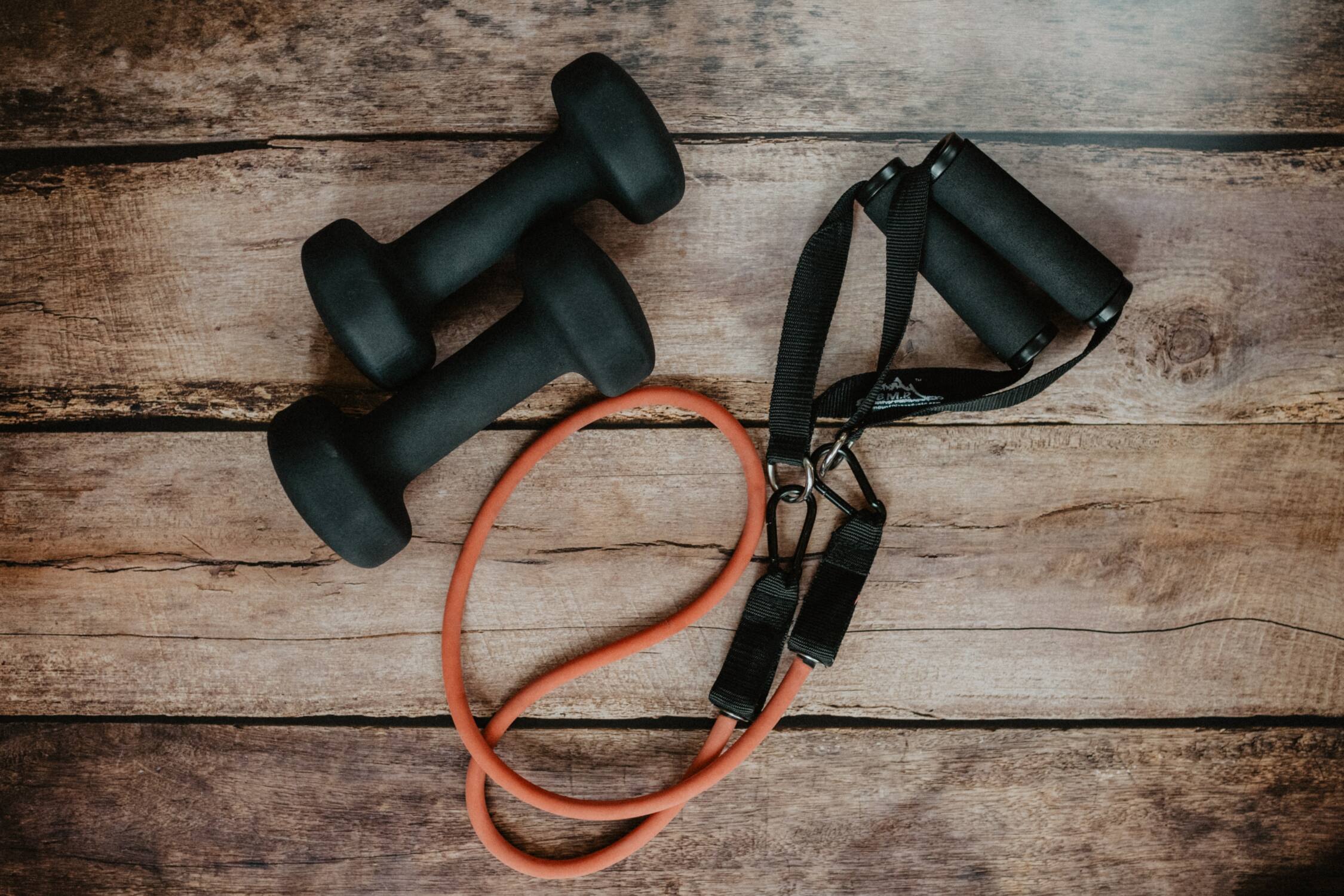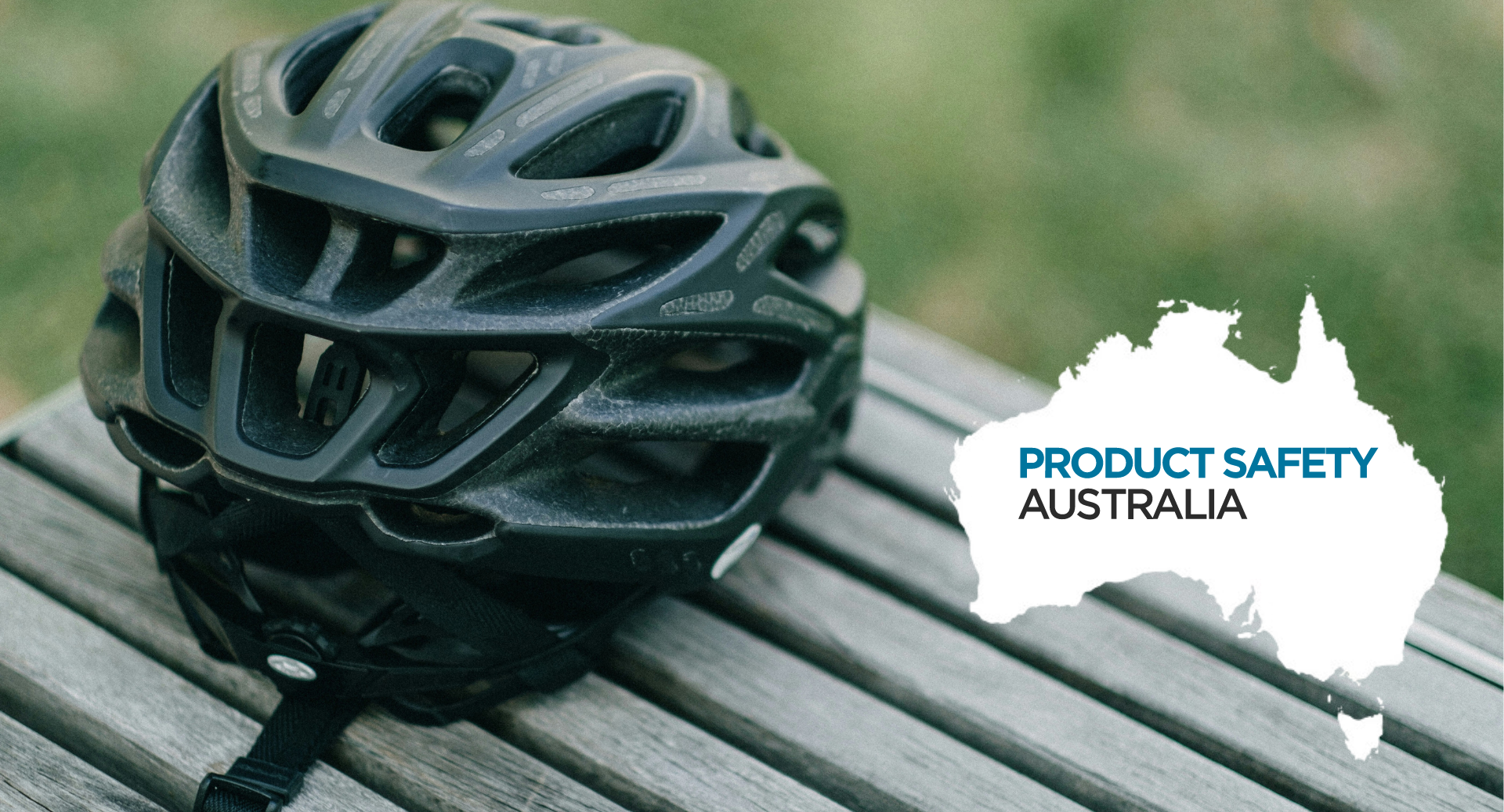
In today’s fast-paced world, the fitness industry is evolving rapidly, with companies pushing the envelope to introduce innovative products for consumers. From advanced exercise equipment to performance-enhancing athletic wear and safety-centric helmets, the marketplace is flooded with options. But how can consumers be sure that these products are safe, effective, and worth the investment? This is where third-party safety testing laboratories, like ACT LAB, come into play. In this article, we’ll delve into the importance of fitness product testing and why it’s a crucial step in ensuring that fitness products are both safe and efficient.
Exercise Equipment
In recent years, the world of exercise equipment has expanded considerably. The race to design equipment that caters to both general fitness enthusiasts and specialized athletes has resulted in a vast array of machines, gadgets, and tools, all promising to deliver optimal results. However, as impressive as these innovations may appear, the underlying concern remains – how safe are they for everyday use? At ACT LAB, our comprehensive fitness product testing ensures safety and efficacy of a variety of products.
- Material Analysis: At the heart of any fitness equipment, be it free weights, resistance bands, or high-tech machines, lies the material from which it’s made. It’s imperative to ensure these materials can withstand rigorous use. Testing labs scrutinize everything from the quality of metals used in weight plates to the synthetic materials in resistance bands. Over time, repeated stress can cause materials to degrade, and without thorough testing, consumers run the risk of using equipment that may break unexpectedly.
- Performance Testing: Beyond durability, it’s essential that fitness equipment performs consistently under various conditions. For instance, a stationary bike’s resistance mechanism should function uniformly, regardless of how long it’s been in use. Labs simulate months, sometimes years, of usage within shorter timeframes to ascertain the longevity of a product’s performance capabilities.
- Ergonomics and Design Assessment: An often overlooked but crucial aspect is how user-friendly and ergonomic a piece of equipment is. Poorly designed equipment can result in incorrect posture or uneven distribution of stress, potentially causing injuries. Through testing, labs evaluate if equipment design aligns with human anatomy and biomechanics, ensuring not just effective but also safe workouts
- Electronic and Digital Component Evaluation: As we transition into the era of smart fitness, many exercise equipment pieces now come with digital interfaces, integrated software, and electronic components. These not only have to function correctly but also need to be safe from electrical malfunctions. Testing in this domain ensures that electronic parts are insulated, software bugs are ironed out, and that users get a seamless digital experience without risks.
- Safety Protocols and Fail-safes: A vital component of testing is preparing for worst-case scenarios. What happens if a cable on a resistance machine snaps? Or if a treadmill experiences a power surge? Testing labs work to ensure that in such scenarios, built-in safety measures activate to prevent potential harm to the user.
While all these tests might sound excessive, they are foundational in ensuring that every piece of exercise equipment that reaches a consumer isn’t just effective in its function but also unwavering in its commitment to safety. Companies investing in such thorough testing are not just protecting their brand reputation but also showcasing their dedication to the well-being of their customers.
Helmet Testing
The rise of outdoor recreational activities and sports has firmly positioned helmets at the forefront of safety equipment. A helmet is not just about shielding the head; it’s about engineering a layer of trust between the activity and the enthusiast. As technologies advance and designs evolve, the complexities of ensuring this trust only grow. Diving deeper into helmet testing reveals the intricate details that ensure utmost safety.
- Impact Testing: This is perhaps the most critical test for any helmet. Helmets are subjected to impacts from varying angles and intensities to ensure they distribute and absorb force efficiently. Modern testing even simulates different accident scenarios, from high-speed impacts to multiple consecutive hits, ensuring the helmet provides consistent protection.
- Retention System Testing: A helmet’s efficiency is only as good as its ability to stay in place during an accident. The straps, buckles, and adjustment mechanisms undergo rigorous testing to make sure they withstand forceful pulls and jolts without breaking or coming loose.
- Ventilation Assessment: While protection is a helmet’s primary job, user comfort is indispensable. Overheating can cause discomfort, reduce concentration, or even lead to heat-related issues during prolonged activities. Ventilation tests ensure adequate airflow, assessing both the quantity and direction of air channels in the helmet.
- Aerodynamic Efficiency: Especially relevant for sports helmets like those used in cycling or skiing, aerodynamic efficiency can impact performance. Labs can measure drag and airflow, ensuring that the helmet not only protects but also aids in the athlete’s performance.
- Materials and Weight Balance: Helmets need to be sturdy without being overly heavy. Testing labs assess the materials used, from the outer shell to the inner cushioning, ensuring they offer the best protection-to-weight ratio.
In addition to the above tests, ACT LAB provides a variety of activity-specific helmet tests that are in line with CPSC, ASTM, and other legal regulations.
Athletic Wear Testing
In today’s world, athletic wear is not just about making a style statement; it’s about enhancing the user’s performance and experience. With advancements in fabric technology and design, athletic wear promises a multitude of benefits. However, to sift through marketing claims and truly determine the efficacy of these products, comprehensive testing is indispensable.
- Material Durability and Elasticity: Athletic wear undergoes stretches, pulls, washes, and even UV exposure tests. This ensures longevity and that the fabric retains its shape and elasticity over time, providing consistent support and comfort to the user.
- Performance Claims Verification: Whether it’s moisture-wicking capabilities, UV protection, or muscle compression, labs validate these claims. For example, in testing moisture-wicking properties, labs might simulate different levels of sweating under various temperatures to ensure the fabric performs consistently.
- Safety Checks and Functional Add-ons: Many athletic wear items come with added safety features like reflectivity. Tests under varied lighting conditions and angles ensure these features work effectively. Additionally, with the integration of tech into clothing, such as LED lights or even built-in fitness trackers, testing ensures these additions are safe, durable, and function as intended.
- Breathability and Thermal Regulation: Essential for user comfort, this testing aspect ensures the fabric can regulate temperature effectively. It should allow for efficient heat escape during intense workouts and provide insulation when required, such as in cold-weather gear.
- Allergen and Irritation Tests: Given that athletic wear is in close contact with the skin during physical activity, it’s vital to ensure materials don’t cause allergies or irritations. Labs test for potential chemical residues or fabric compositions that might be harmful to sensitive skin.
About ACT-LAB
ACT-LAB is an ISO/IEC 17025 accredited laboratory that conducts consumer product safety and compliance testing for an active world. We can help ensure that your products both meet industry standards and are inspected to ensure the utmost quality.
To learn more about our tests contact us today.
Read more about our accreditations here.
 ISO/IEC 17025 Accredited Independent Testing Laboratory
ISO/IEC 17025 Accredited Independent Testing Laboratory








